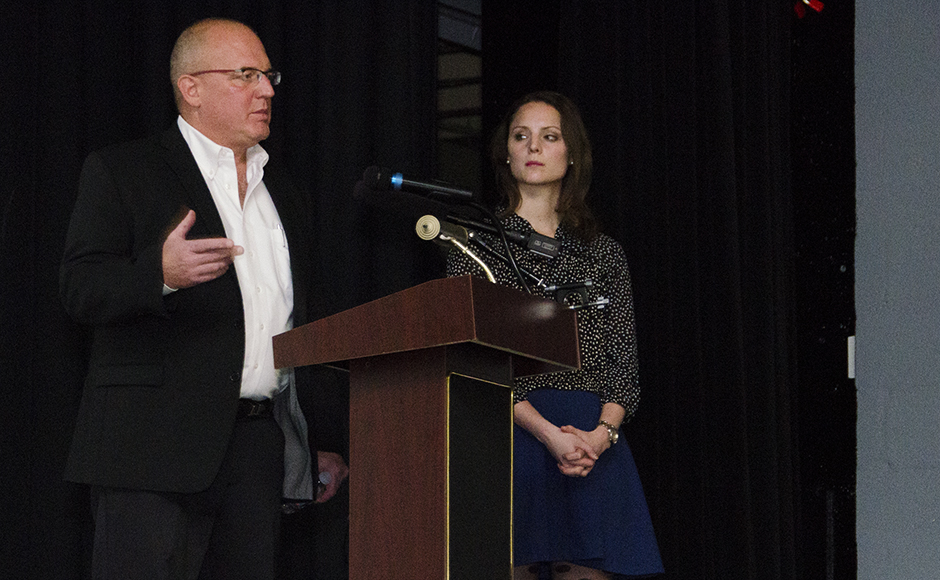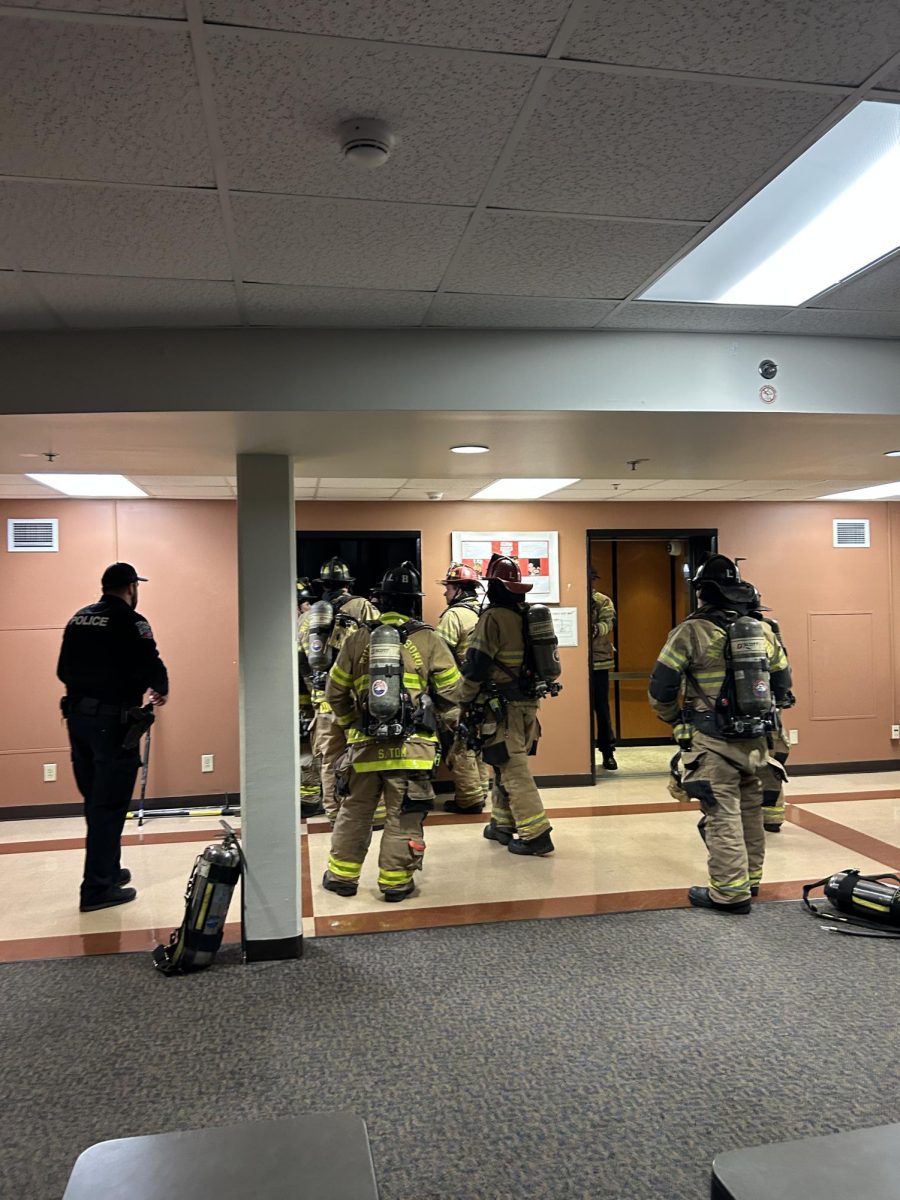Associates from Kendig Keast Collaborative, a Texas community planning firm, gave a presentation on the development challenges and limitations that Murfreesboro city planners could expect to face on Tuesday night at Central Magnet High School.
Kendig Keast Senior Associate Aaron J. Tuley and Associate Planner Frances Kellerman led the presentation, “Chapter 2” in “Murfreesboro 2035,” a comprehensive plan for the city’s next 20 years of projected growth.
Tuley said that Murfreesboro’s projected population in 2015 is 129,745, rising to 228,090 by 2035. In 20 years, the population of Rutherford County is expected to be just over half a million.
While Chapter 1, unveiled at Oakland Middle School in early December, outlined the city of Murfreesboro’s demographic identity, Chapter 2 titled “Growth,” began to outline what Tuley summarized as the “environmental and physical constraints we must address.”
These constraints include managing utilities infrastructure, locating underdeveloped land and managing public safety services like the fire and police departments.
Determining how many acres of land in the Murfreesboro urban growth area is the “first tier of determing supply and demand” for Tuley. He estimated that the area has about 19,000 acres open for development. Of that land, 880 acres would go to schools, he said, to serve a population with an expected 22% of people under the age of 17.
He also estimated that growth would require “at least three more fire stations” and 178 more police officers “just to maintain the status quo.”
Thomas Allen, Senior Project Manager at civil engineering consultant firm Neel-Schaffer, spoke about the development limitations presented by the city’s waterways, outlining its floodways and 100-year floodplains.
Floodways and floodplains are definitions used by the Federal Emergency Management Agency to classify areas that are likely to flood during times of abnormally high rainfall and areas that would flood in the event of a deluge that has a 1% chance of occurring every 100 years.
In floodways, development is strictly limited, and it is also heavily regulated in the 100-year-floodplains. Allen said the challenge the engineering firm faced was to navigate between what the city is required to do and setting regulations so severe as to “disincentivize development.”
Another consideration to engineers, Allen said, was Tennessee’s karst geology–large numbers of deposits of soft rocks like limestone in the earth–that create sinkholes.
Nashville engineering firm Smith, Seckman and Reid’s Principal Michael Bernard introduced some strategies to manage potable water utilities for the growing population.
He called for a “greater sense of cooperation” between Murfreesboro’s Consolidated Utility District water treatment plant and the plant in Smyrna, as well as an increased emphasis on “decentralized” water treatment–small units that would treat wastewater for a single neighborhood rather than an entire city.
Bernard said that an allocation study by the corps of engineers at J. Percy Priest Reservoir was underway to find alternative water sources to Percy Priest.
For more community updates, follow us at www.mtsusidelines.com, on Facebook at MTSU Sidelines, and on Twitter at @Sidelines_News
To contact news editor Meagan White, email [email protected]














